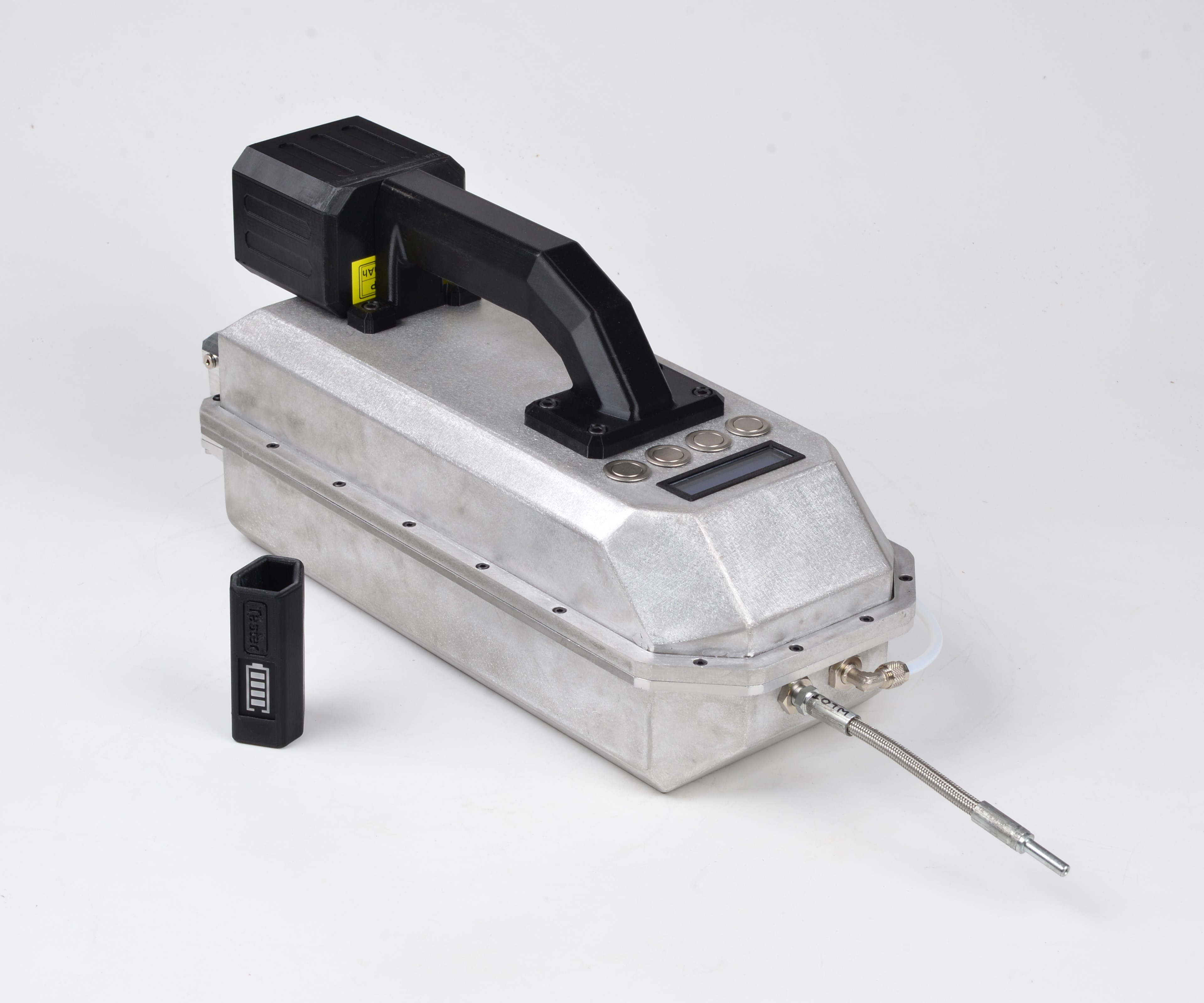Portable detector for trimeric acetone peroxide (TATP) and hexamine peroxide (HMTD) trace amounts

 Project title
Project title
Portable detector for trimeric acetone peroxide (TATP) and hexamine peroxide (HMTD) trace amounts
 Name of Beneficiary/Beneficiaries
Name of Beneficiary/Beneficiaries
Wojskowy Instytut Chemii i Radiometrii (Military Institute of Chemistry and Radiometry) (Leader)
Wojskowy Instytut Techniczny Uzbrojenia (Military Institute of Armament Technology)
KONWIT Paweł Witkowski
 Name of programme
Name of programme
Project implemented for the benefit of national defence and security
 Competition
Competition
9/2018
 Project value
Project value
PLN 6 088 500.00
 Funding value
Funding value
PLN 6 088 500.00
 Project delivery period
Project delivery period
from 17/12/2018 until 16/05/2022
Get to know our team
Project Manager - Mirosław Maziejuk, Ph.D., D.Sc., Eng. prof. MICR
Have a look at the outcome of our work

What problem does our project solve?
Detecting explosives is important for ensuring national security. Improvised home-constructed explosives, which are very difficult to detect, pose a particular challenge. Such a group of explosives easily produced in a home laboratory are peroxides, which include trimeric acetone peroxide (TATP) and hexamine peroxide (HMTD).
The primary objective of the project was to develop a lightweight, portable device for the detection of trace amounts of TATP and HMTD, without the need for a direct detection (contact sampling of the test material, due to its very high sensitivity to external stimuli and high risk of initiating an explosive reaction).
The innovation of the project was the development of a device using differential ion mobility spectrometry (DMS).
Advantages of the device include: short analysis time of up to 10 seconds, high sensitivity to explosive vapours, simultaneous detection of TATP and HMTD.
Who will benefit from the outcomes of the project?
Potential recipients of the project results include: State Protection Service, military, police and other entities responsible for the security of citizens.